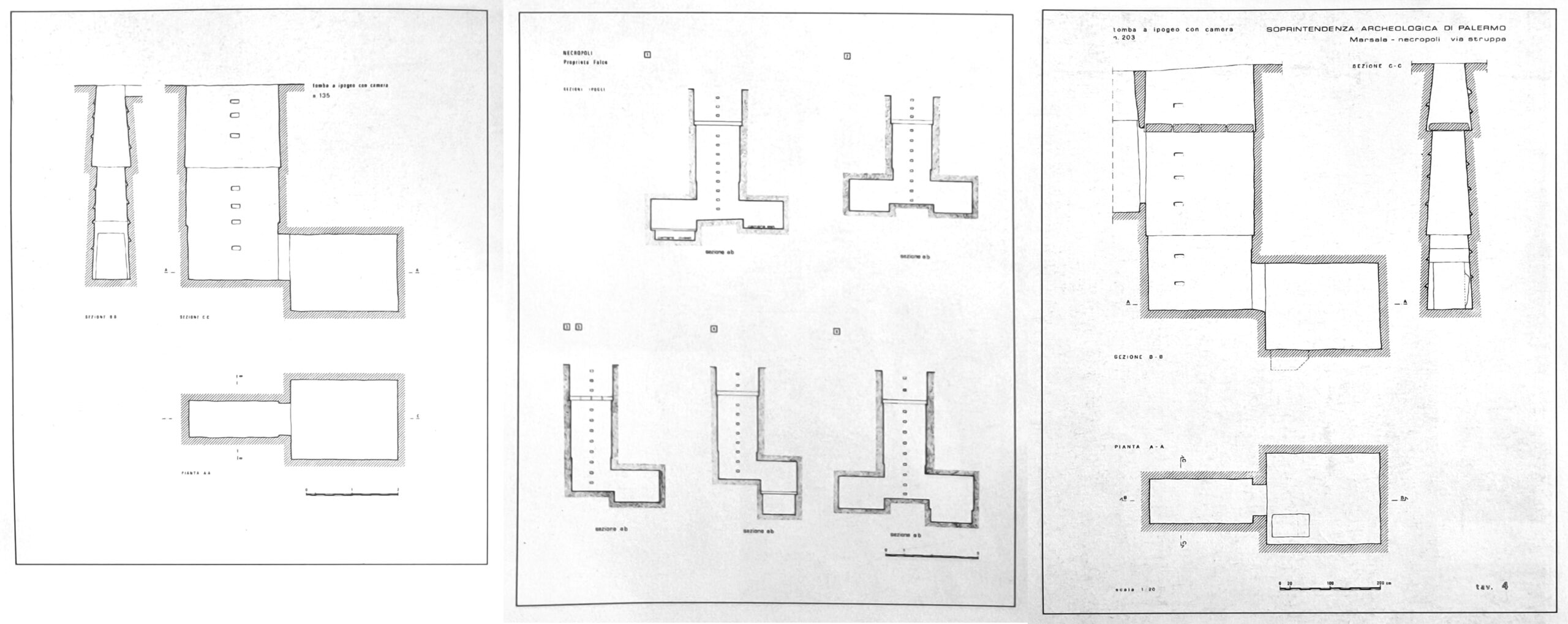Sicily between the 5th-3rd centuries BC can be considered one of the best examples for the analysis of osmosis of Greek and Phoenician-Punic culture, especially as regards the monetary interactions between Punic Sicilian
centres and those of Western Greece.
Despite this, the numismatic documentation relevant to the Sicilian necropolises is limited and difficult to interpret. The cemetery area of Lilybaeum is an exception: here 450 tombs, dating from the middle of the 4th century BC to 350 AD, have been found. In this site the inhumation rite is the most attested, above all until about the middle of the 3rd century BC, when a progressive prevalence of the cremation rite is recorded.
The documentation of the necropolis of Lilybaeum consists of 179 coin finds distributed in 76 tombs, of which 41 with Punic specimens, with a very variable and difficult to interpret numerical consistency.
The positioning of the coin finds with respect to the deceased is also highly heterogeneous: coins are recorded from the filling layers, from inside the tomb, near or on different parts of the body and, in the case of cremation burials inside the cinerary urn.
In some male burials, some coins were located near the skull of the deceased: however, it is difficult to establish with certainty whether this use can only be connected to the burials of adult men.
Punic coins are also reported in the necropolis of Monte Adranone and in the territory of Corleone. The latter documentation is of particular relevance as it comes from the area of central Sicily which marks the areas of influence between Syracuse and the territory under Carthaginian control.
Credit Line : All images in this page are from the volume “LILIBEO PUNICA”, C.A. Di Stefano, Centro Socio Culturale “Luigi Sturzo”, Marsala, 1993


